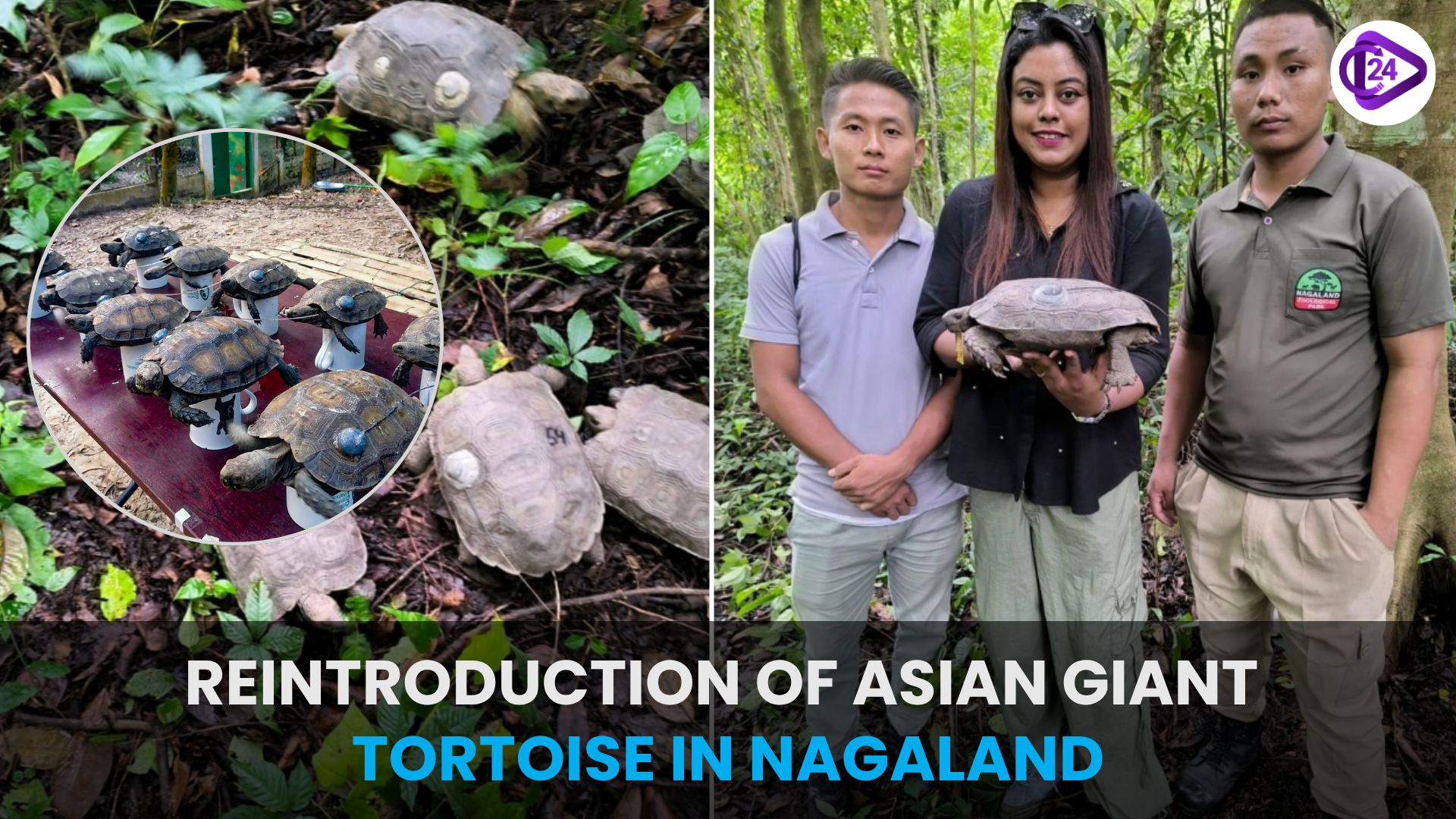
Reintroduction of the Nilgiri tahr (Nilgiritragus hylocrius) In August 2025, 10 members of the critically endangered Asian Giant Tortoise (Manouria emys) the largest tortoise species found on the mainland of Asia were reintroduced into the Zeliang Community Reserve in the district of Peren, Nagaland. The relocation is a major step in the conservation movements in India and instills the importance of biodiversity restoration led by the community.
Context
-
In August 2025, 10 Asian Giant Tortoises (Manouria emys) (considered as critically endangered) were also reintroduced into Zeliang Community Reserve, Peren district, Nagaland.
-
It is the biggest tortoise species on the mainland of Asia and the relocation is expected to increase rainforest conservation in the areas run by communities.
Key points
About Asian Giant Tortoise
-
Common Name: Manouria emys
-
The status of the animal is Critically Endangered (IUCN Red List)
-
Distribution: Occurs in Southeast Asia, in areas of India (Assam, Arunachal Pradesh, Nagaland), Myanmar, Thailand, Malaysia
-
Habitat: Likes to live in forests of high density and wet temperate forests
Threats:
-
Habitat loss due to agriculture and deforestation
-
Hunting for meat and traditional medicine
-
Illegal animal trade
Key Highlights of the Reintroduction
-
Place: Zeliang Community Reserve, Peren district, Nagaland
-
Hatching Place of Tortoises: Nagaland Zoological Park, Chiumoukedima
Facilitators:
-
Nagaland forest department
-
India Turtle Conservation Programme (ITCP)
Release Strategy:
-
Soft-release enclosure employed in the adaptation process of tortoises and site fidelity development
-
Objective is to observe behaviour and interaction in the habitats prior to full dispersal
-
Historical Context: The species was prevalent in Nagaland but more than ten years back, it was extinct because of over hunting and extinction of the habitat.
The Movement and its Implications
-
Biodiversity and Ecosystem Clearing
-
Reintroduction of an ecologically significant herbivore helps balance the forests
-
Strengthens the trophic connections and seed dispersion functions of forests
-
-
Community Involvement
-
The event was organized in the form of community effort, which portrays the ever growing community stewardship in conservation.
-
Follows on the model of Community Conserved Areas (CCAs) in Northeast India
-
-
Awareness and Conservation Education
-
Through public interactions, there is a change in attitudes about the endangered species
-
Increases the provision to in-situ conservation against zoo captivity
-
Challenges Ahead
-
Post-release survival
-
Hunting, inability to adapt, poaching
-
-
Trailing and finances
-
There is a necessity of long-term ecological monitoring and long term financial support
-
-
Community participation
-
Sustenance, capacity building and benefit sharing should be ensured
-
-
Institutional and law gaps
-
Increasing enforcement of wildlife trafficking in Northeast
-
Green monitoring Policy and Conservation Framework
-
Schedule IV species of Wildlife Protection Act, 1972
-
Recovery programme of the Critically Endangered species and National Biodiversity Action Plan (NBAP)
-
People Biodiversity Registers (PBRs) and State Biodiversity Boards work towards the local species documentation
-
India Turtle Conservation Programme: environment & nature Indo-Pakran turtle conservation project is a combined effort by Turtle Survival Alliance and the Wildlife Conservation Society
Way Forward
-
Enhancement of surveillance systems: Radio telemetry and grid-based land tracking of released individuals
-
It should be combined with eco-tourism and livelihood: nature-based livelihoods should be incentivised locally.
-
Apply the model to other areas: Northeastern India still has possibilities of further species releases through CCAs
-
Policy: Increase support to State Action Plans on Climate Change and Biodiversity to address community reserves
Conclusion
The fact that the Asian Giant Tortoise has been introduced in the Zeliang Community Reserve by people of Nagaland, shows that this ecological step is not only a show of ecological intervention but also a show of governmental-indigenous people cooperation in conservation. Such community-based approaches will be necessary as India moves to meet its biodiversity objectives under the Convention on Biological Diversity (CBD) to restore species that have already disappeared safely in the wild.



 Cyclone Fina Hits Northern Australia With Destructive Force
Cyclone Fina Hits Northern Australia With Destructive Force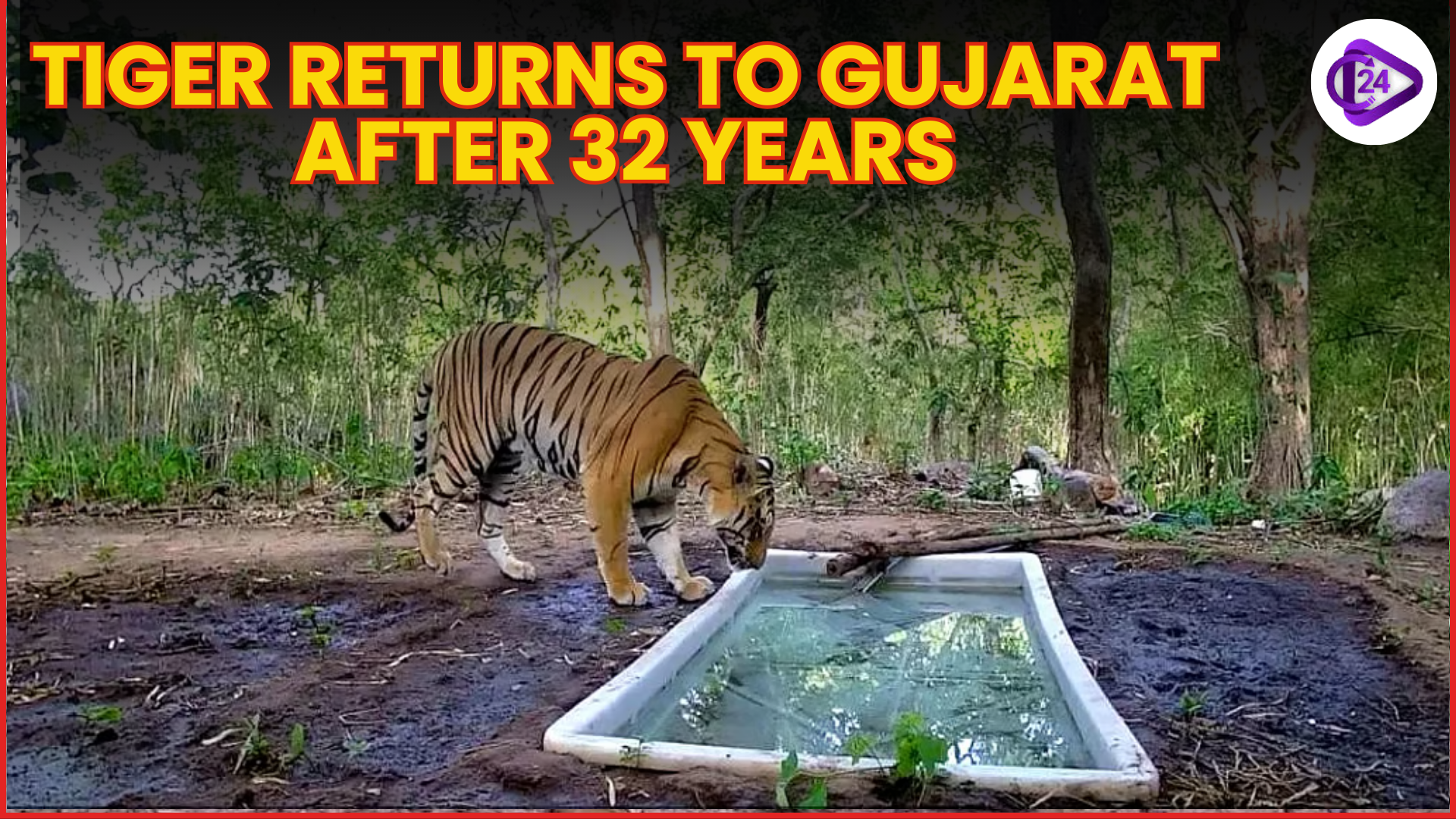 Tiger Returns to Gujarat After 32 Years | Historic Wildlife Comeback 2025
Tiger Returns to Gujarat After 32 Years | Historic Wildlife Comeback 2025 Namdapha Butterfly Festival Showcases the Wild Heart of Arunachal Pradesh
Namdapha Butterfly Festival Showcases the Wild Heart of Arunachal Pradesh Gogabeel Lake Achieves Ramsar Status for Biodiversity and Conservation
Gogabeel Lake Achieves Ramsar Status for Biodiversity and Conservation Cyclone Montha Makes Landfall Near Kakinada, Bringing Destruction to Andhra and Odisha
Cyclone Montha Makes Landfall Near Kakinada, Bringing Destruction to Andhra and Odisha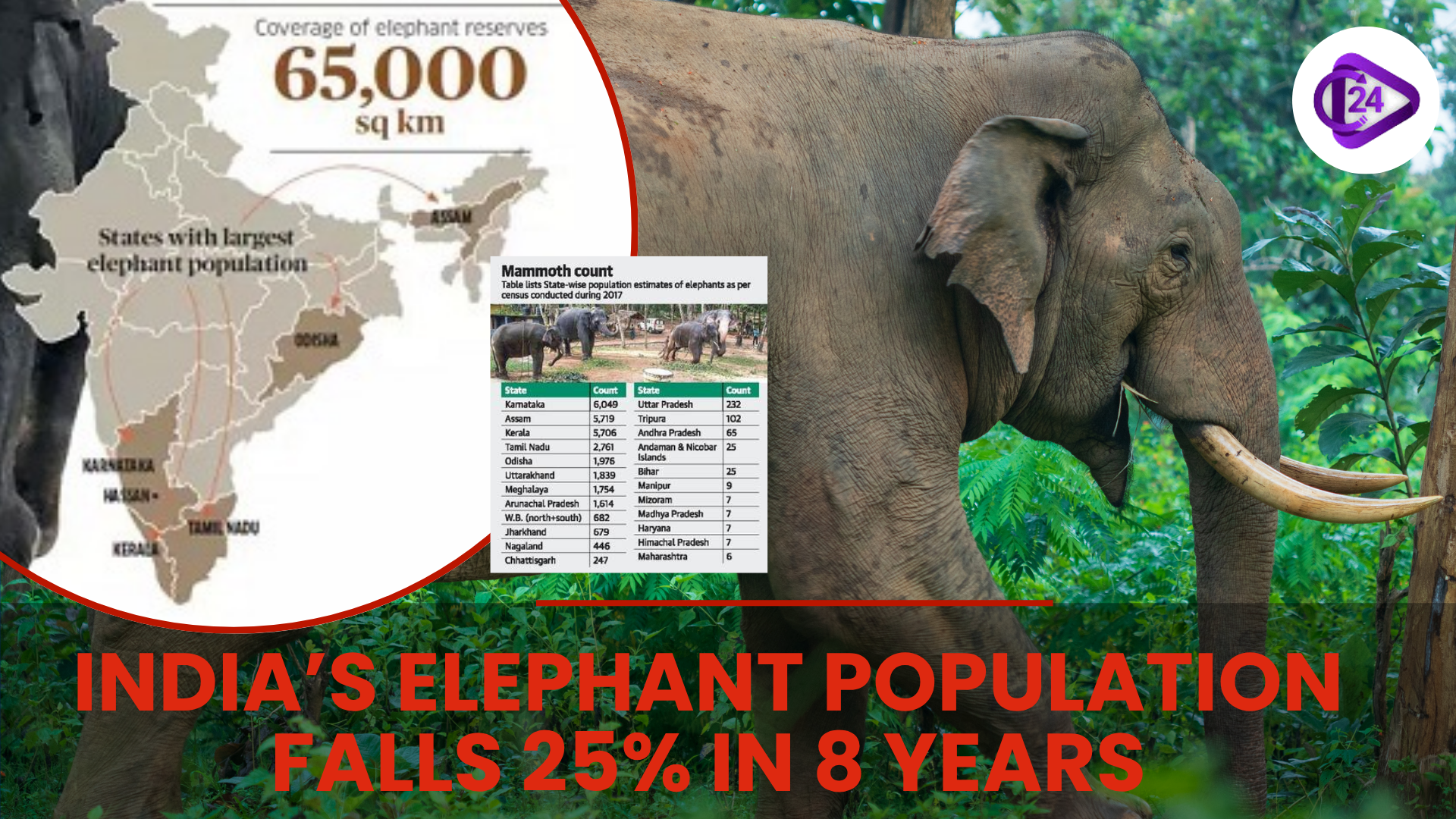 India Conducts First-Ever DNA-Based Elephant Census, Reveals Population Decline by 25%
India Conducts First-Ever DNA-Based Elephant Census, Reveals Population Decline by 25% Maharashtra Gets India’s First Cooperative CBG Plant | 12 Tonnes Biogas Daily Production
Maharashtra Gets India’s First Cooperative CBG Plant | 12 Tonnes Biogas Daily Production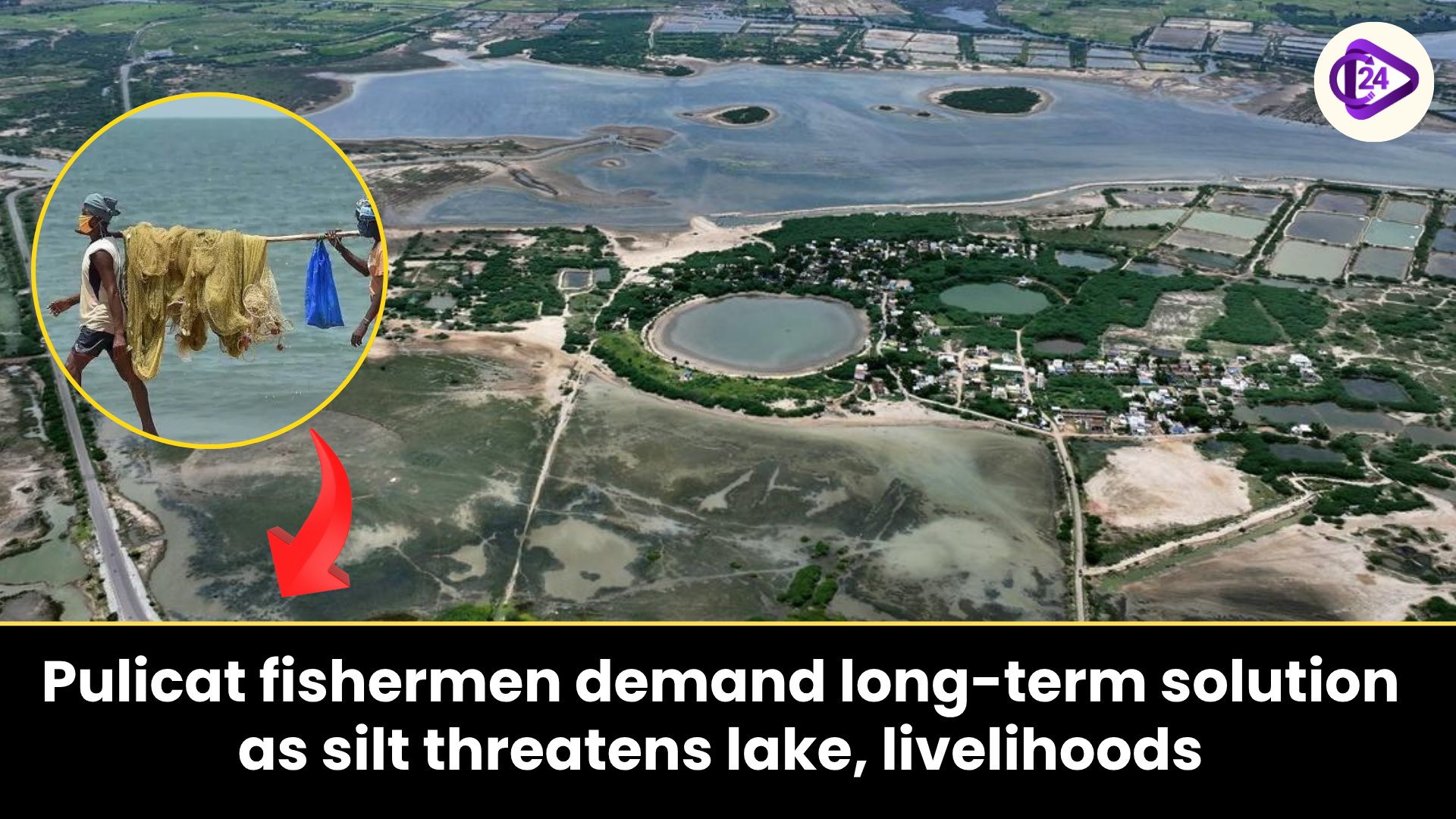 Pulicat Fishermen Demand Long-Term Solution as Silt Threatens Lake and Livelihoods
Pulicat Fishermen Demand Long-Term Solution as Silt Threatens Lake and Livelihoods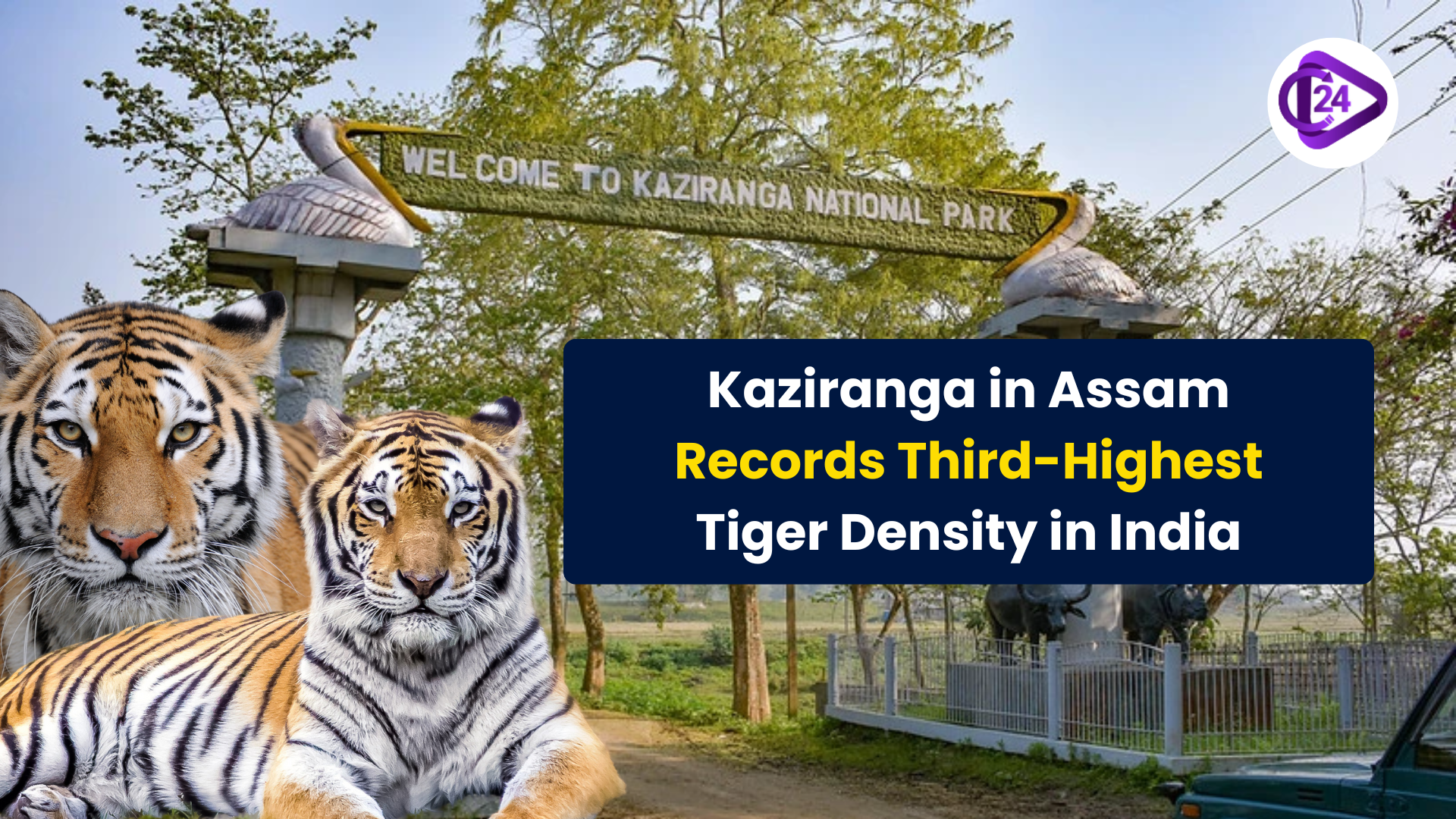 Kaziranga in Assam Records Third-Highest Tiger Density in India
Kaziranga in Assam Records Third-Highest Tiger Density in India






